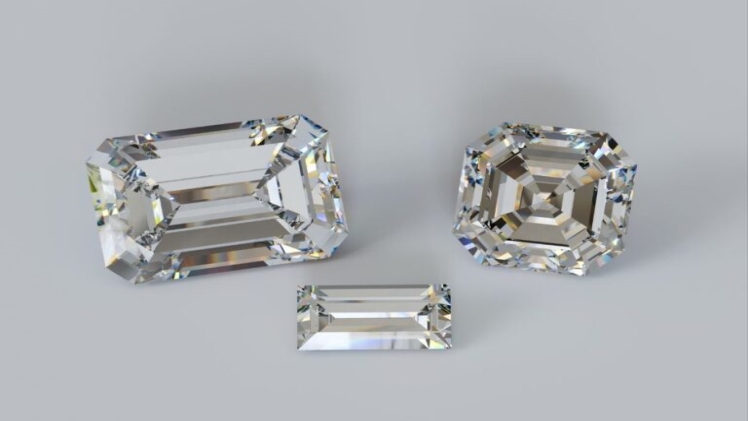While learning math, children often come across diamond shapes and learn to recognize them. Furthermore, they begin to associate various objects and animals with distinct characteristics.
Shapes are essential building blocks in students’ academic life and will remain so for many years to come. Therefore, teachers must provide students with a solid foundation in shapes and their names at an early age.
Round
The round diamond shape is a popular option for engagement rings. Combining classic elegance with contemporary flair, it is ideal for anyone seeking an elegant piece that will last.
Round diamonds are the most popular, but there are many other shapes that can be used to add an unique touch to your ring. Popular choices include princess, oval, radiant, cushion and marquise cuts which can be combined with other stones to form stunning multi-stone rings for those seeking a classic aesthetic.
Diamonds vary in shape and cut, which can alter how they reflect light. Brilliant Cut diamonds, for instance, feature multiple precisely cut facets that combine to produce fire and brilliance.
Diamond cutters must take precise measurements of each facet’s depth, angles and proportions in order to create the perfect diamond. Any discrepancy in these measurements can negatively affect a diamond’s overall aesthetic appeal.
Princess
For a modern and contemporary diamond, consider the princess cut. Its square shape makes it ideal for certain hand or finger shapes and can be paired with many designs.
Couples seeking a unique engagement ring often opt for this square cut diamond cut. Set against either white gold or platinum, its sparkle makes it stand out from other diamond cuts.
Princess cut diamonds offer a diverse selection of qualities and characteristics, similar to all diamonds. When selecting one, it is essential to consider its price point as well as its overall quality.
First and foremost, princess diamonds should be perfectly symmetrical. This will guarantee your ring is truly eye-catching and stunning from every angle. Check the stone side to side as well as above and below; also make sure the dark areas have an even contrast level.
Emerald
Emerald diamonds are a strikingly beautiful class of diamond shapes. Their long rectangular facets are actually step cuts – an unusual faceting style compared to other shapes like brilliant or marquise.
This cut is often chosen by women with a vintage aesthetic, but it can look great on anyone with an elongated and rectangular hand. The rectangular shape and step-cut faceting give an emerald diamond an air of refinement and elegance not found in other diamond shapes – which explains why older women often opt for them.
The emerald shape was first developed in the 1500s when stonecutters started cutting genuine emerald gems into rectangular shapes. At that time, experts noted that true emerald gems were soft and prone to breaking; however, due to their stepped facets in an emerald cut they gained increased stability.
Empress cut diamonds are not only more stunningly beautiful than other diamond shapes, but they’re also highly reflective and give off plenty of sparkle due to their large table (top surface area) and elongated facets which reflect light more effectively than other diamond shapes do.
Pear
The pear diamond cuts is an amalgamation of two iconic diamond shapes: round brilliant and marquise. This stunning cut boasts 58 facets for maximum sparkle and brilliance in a single stone.
Though not as sought-after as other diamond shapes such as princess and cushion cut diamonds, the pear diamond has been around for centuries! It was first created by Lodewyk Van Berquem of Bruges in 15th century.
Today, this cut is highly sought-after due to its elegant appearance and stunning brilliance. Women who want to make a statement with their rings often opt for this style as it helps elongate fingers and hands.
Conclusion
When selecting a pear diamond, you should look for one with an ideal length-to-width ratio. The rounded sides should be full and symmetrical, without any flattened areas or bulges that are out of symmetry.

